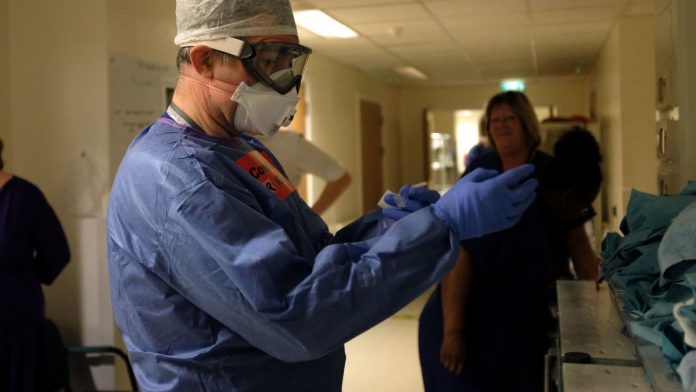CORONAVIRUS is still infecting 61,000 people a week – with over-70s worst affected.
The results of a household survey conducted by the Office for National Statistics (ONS), in partnership with a number of universities and health bodies, indicate that the rate of transmission is “relatively stable” across the country.
Since 26 April, the incidence rate per week has been calculated at 0.11 new cases per 100 people. The ONS added that the coronavirus could be infecting as many as 111,000 individuals every seven days, or as low as 29,000.
Swab tests collected between 4-17 May from a sample of England’s “community population”, which excludes hospitals and care homes, showed that only 35 people out of 14,599 tested positive for Covid-19.
This equates to approximately 137,000 individuals nationwide, with a possible range of 85,000 to 208,000, and marks a drop from the 148,000 people who were infected with the virus between 27 April and 10 May.
The ONS noted that this change is “relatively small and it should be interpreted that the number of people in England that have Covid-19 is relatively stable”.
Its survey also revealed that there was no evidence of an increased level of infection in men compared with women, based on the proportion testing positive for the coronavirus.
Some 0.26 per cent of women and 0.21 per cent of men are estimated to have tested positive between May 4-17.
In addition to this, the research concluded that there was no evidence of increased infection from the coronavirus among frontline NHS and care staff compared with those not working in such roles between May 4-17.
An estimated 0.24 per cent of people working in patient or resident-facing roles in health and social care tested positive for the coronavirus during this period.
These include people such as NHS professionals, nurses, doctors, and social care, nursing home and home-care workers.








